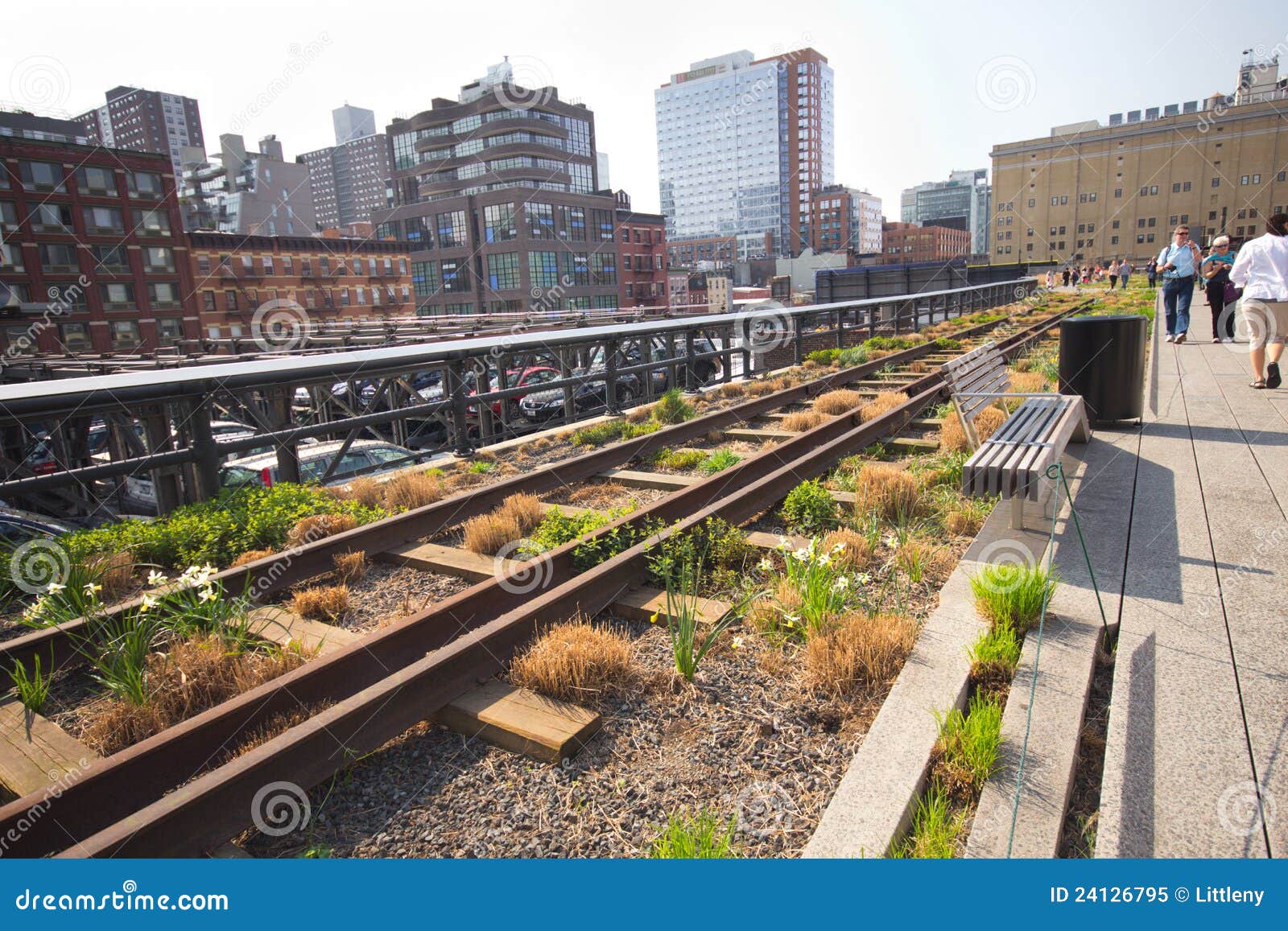Image source: http://static.cms.yp.ca/ecms/media/1/4-ideas-for-using-container-plants-to-decorate-your-outdoor-space-1436468837-600x360.jpg
It can be expensive to reduce pesticides in your food consumption by eating organic vegetables. I want to share Organic Pot Planting with you. Pot planting is a fun, easy, low cost and delicious way to grow some of your favorite vegetables in useful amounts. If you are willing to exert a small amount of effort, you can start right away. Organic pot planting means you won't be using synthetic fertilizers or pesticides to grow in!
In order to get the best results with your mini organic garden, you'll want to make sure you use organic soil. Healthy soil helps build up strong, productive plants.
You can purchase Organic Potting Soil in almost any nursery, or online. Your garden will benefit from compost as well. Use your vegetable scraps and feed your mini garden your compost. Its free, feeds plants, helps conserve water, cuts down on weeds, and keeps food and yard waste out of landfills. Spread compost around plants and mix with potting soil, you really cant use too much.
Getting Started:
1. Choose the right plants. Many vegetables do well in container gardening. With some thought to selecting bush or dwarf varieties, almost any vegetable can be adapted to growing in a pot. Choose ones that take up little space such as radishes, carrots, lettuce and or crops that bear fruits over a long period of time, like tomatoes and peppers.
2. Have a useful variety: You can create a salad container. You can plant cucumber, a tomato, parsley or chives all in a large (24-30") container. These vegetables grow well together and require the same water and sun requirements. They should keep producing into late fall.
3. Container Selection: Use flower pots, pails, buckets, wire baskets, bushel baskets, wooden boxes, nursery flats, window planters or any other large container with good drainage and a water reserve. Make sure they are light in color, as dark colors absorb heat. Tomatoes and eggplants will require larger containers of at least five gallons per plant.
4. Watering: You will need to water pot vegetables more frequently than plants in the ground. Towards the end of the season when the roots are expanding, more water will be required. Check your containers daily and water from the bottom.
Here are some vegetables you can start with:
Cucumbers: Salad Bush, Bush Pickle
Eggplant: Bambino, Slim Jim
Green Beans: (Pole beans give a higher yield in a small footprint) Blue Lake, Kentucky Wonder, French Dwarf
Green Onions: Beltsville Bunching, Crysal Wax, Evergreen Bunching
Leaf Lettuce: Buttercrunch, Salad Bowl, Bibb
Peppers: Cubanelle, Sweet Banana, Apple (Hot) Red Cherry, Jalapeno,
Radishes: Cherry Belle, Scarlet Globe, (White) Icicle
Squash: Ronde de Nice, Gold Rush
Tomatoes: Patio, Pixie, Tiny Tim, Spring Giant, Tumbling Tom, Small Fry
Enjoy the Veggies of your Labor!
Organically Yours,
Renay Matthews
www.Organicspaces.blogpsot.com
